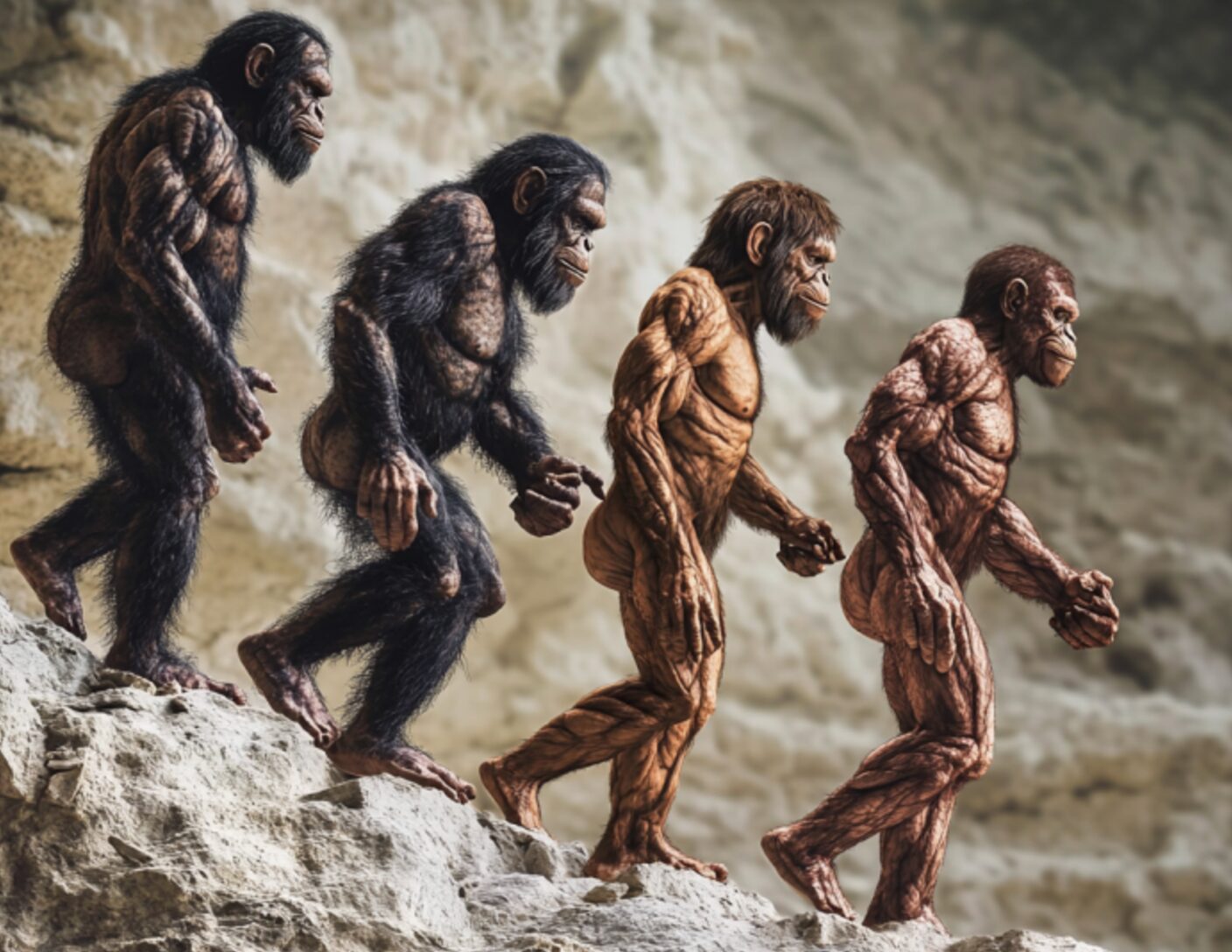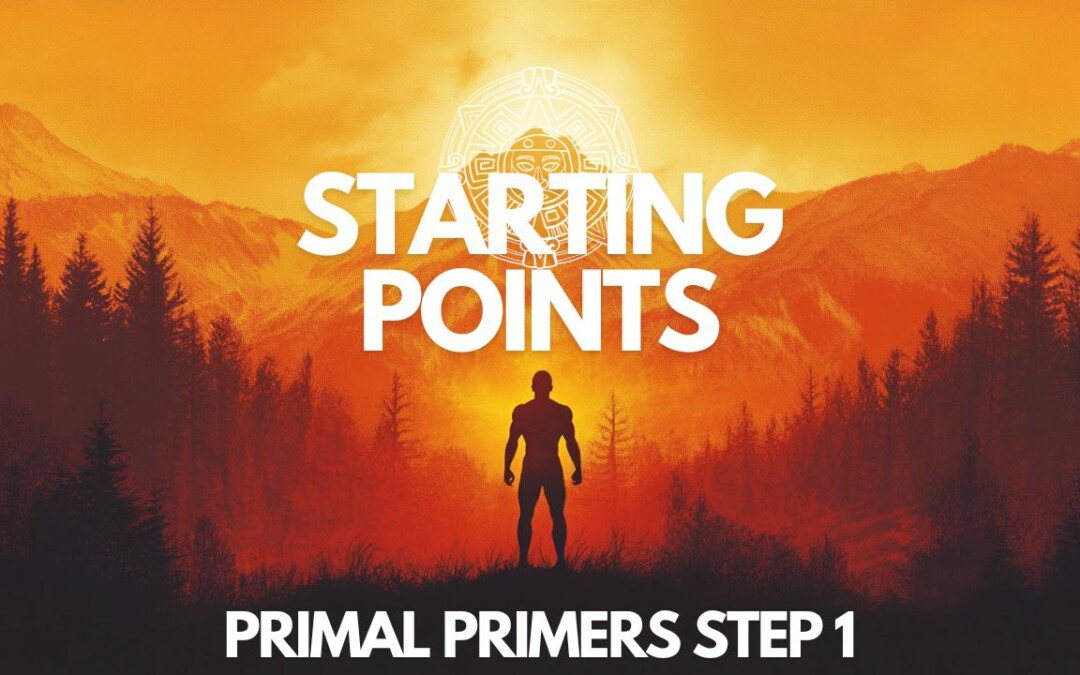Primal Primer 10 (Fitness)
Homo sapien’s joint system exhibits significant structure and function through adaptive pressures of new environments and opportunities. These morphological differences separating our physiology from earlier hominid species demarcates a departure from trees, and entrance into unique earthbound bipedal locomotion, dexterity, and overall physical abilities of modern humans today.
- Enhanced Bipedalism – Our pelvis is shorter and broader compared to earlier hominins, providing more stability and support when walking upright.
- Foot Arch – Well developed longitudinal arches in the feet act as shock absorbers while providing spring. The big toe is also alined with other toes for bipedal locomotion as opposed to previous climbing configurations.
- Spinal Curvature – Distinct S-shaped curvature helps distribute the body’s weight above the pelvis contributing to balance and shock absorption during upright movement.
- Range Of Motion & Limb Dexterity – A highly mobile shoulder joint allows greater ranges of motion; crucial for throwing, tool use, and complex movements.
- Wrist & Hand Joints – Opposable thumbs are highly specialized for fine motor skills, supporting precise grip and manipulation of objects (tool use).
- Robust Knees – Bipedalism increased stress placed on knees for extended periods of walking and running. Larger self lubricating joint capsules in knees helps distribute weight and reduce injury risk.
- Nuchal Ligament – Stabilizes the head during running and aiding in persistence hunting.
Evolved adaptations of the sapien’s joint structure is a contributing factor of our population’s expansion to earth’s four corners. Unfortunately, these trade offs for increased articulation (ranges of motion) and balance oriented bipedal movement, sacrifices stability and strength: leading to increased potential risk and disfunction.
Health of these complex and interrelated joint systems are linked to overall systemic mind body health; as weak and damaged joints lead to pain, irreparable injury, and eventual decreases in overall movement. Chronically deficient recovery and maladaptive movement patterns provide conditions where collagenous fibers in joints degrades until pain, altered joint mechanics, and failure occur. Training that moves joints often, in varied full ranges, and with recovery plan, is critical in staving off rate limiting factors of health.
~Cave Implementation~
Ensure proper rest and form between and during workouts. Tendons, ligaments, and cartilage (constituent joint matrices) are slower to heal and can take up to 48 hours to fully recover due to vascularity restrictions. Proper periodization of training is critical for maximizing rest between workouts. Strategies of working opposing joint systems, and scheduling high impact work with complimentary recovery protocols is of high importance. Supplementing with collagen protein prior to working out will also ensure joint nutrition for healing and real time performance. Aim for 10mg per day 60 minutes before activity. Ensure collagen supplement contains types 1, 2, & 3, with vitamin C (easily added to maximize absorption).
Training That Moves Joints Often, In Varied Full Ranges, & With Recovery Plan Is Critical In Staving Off Rate Limiting Factors Of Health.














